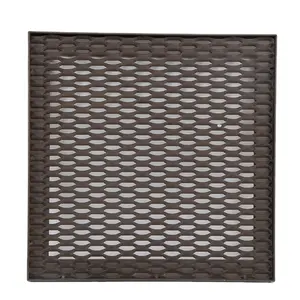Exploring the Versatility of Aluminum Sash
Aluminum sash components are integral to modern architectural designs, offering both functionality and aesthetic appeal. These elements are crucial in various door and window systems, serving as the framework that holds glass panes and other materials in place. The adaptability of aluminum sash profiles makes them suitable for a range of applications, from residential to commercial settings.
Types and Applications of Aluminum Sash
The diversity of aluminum window sash and door accessories available on the market caters to a multitude of design requirements. These products come in several types, including those designed for specific functions such as sliding, casement, or tilt-and-turn windows. The application of these sashes extends to various building types, including hotels, apartments, and office complexes, where they contribute to the overall architectural style, whether it be modern, industrial, or traditional.
Features and Materials
An aluminum sash is not just a structural component; it also plays a significant role in the insulation and security of a building. The materials used in these sashes are selected for their durability, resistance to corrosion, and ease of maintenance. The design process often involves intricate detailing to ensure that the aluminum sash extrusions meet the precise requirements for thermal performance and structural integrity.
Advantages of Aluminum Sash
Choosing an aluminum sash for windows or doors comes with several benefits. The strength-to-weight ratio of aluminum allows for slim profiles and larger glass areas, maximizing natural light and views. Additionally, the recyclability of aluminum contributes to the sustainability of the product, making it a preferred choice for environmentally conscious projects.
Customization and Design Flexibility
The flexibility in the design of aluminum sash systems is a significant advantage for architects and builders. Customization options are available to meet specific project needs, including a variety of finishes and colors. This customization extends to the functional aspects, with designs that can accommodate various types of glass and hardware to meet the performance requirements of the project.
Conclusion
In conclusion, the aluminum sash is a pivotal element in contemporary architecture, offering a blend of functionality, design versatility, and environmental benefits. Its application across different building types and styles underscores its adaptability and the value it adds to any construction or renovation project. As the industry evolves, the role of aluminum sash components in building design continues to expand, reflecting the ongoing innovation in this field.







































 浙公网安备 33010002000092号
浙公网安备 33010002000092号 浙B2-20120091-4
浙B2-20120091-4